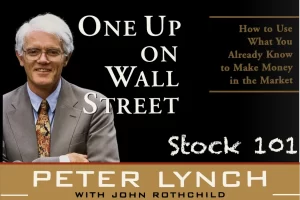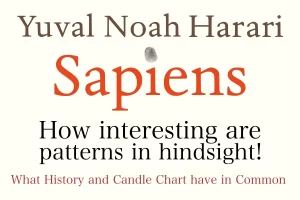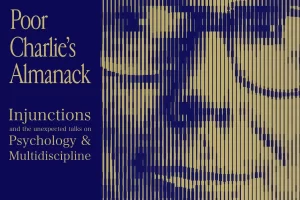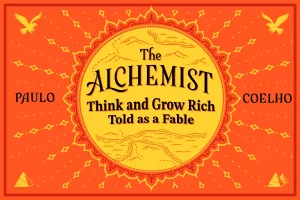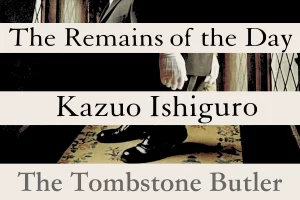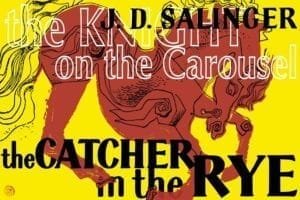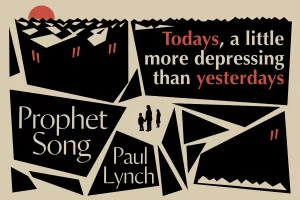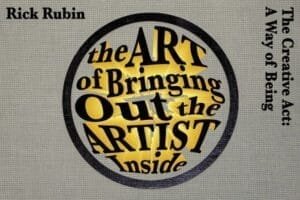
Narrative and character development go together. It provides the basis for each other continuously in a loop. Mind affects action. Action, physics, randomness triggers an event. Event affects mind. I jot down some points respectively for the film Titanic. I can see the narrative and character build-up progressing in tandem. They are like a pair of clasped hands. Fingers interlocking, each one upon another from the other side.
I felt something odd while trying to identify what the essence was of my impression of the book. It was that although the author had dedicated a great deal to the character development, I found myself unable to quite grasp the characters. I did register patches of details about their personalities. But if I had to describe Greta or Big Swiss to someone else I probably could not go far beyond “troubled”. Perhaps having internalized my high school math teacher’s ethos “If you can’t explain it, you don’t understand it” a bit too well, or maybe because I didn’t feel comfortable jumping to conclusions in labelling the link between Greta’s character and actions as causal, I think my mind dropped the whole character development aspect for the better part. Unfortunately, a good part of character development was sieved out from the appreciation. The narrative and some good jokes were what managed to linger past the last page.
I struggled to pinpoint the exact location where I felt disconnected. The exact point I thought the fingers’ interlocking became irregular. Rose felt burdened from the shackles that come with the prestige, so she was drawn to Jack. She was drawn to Jack but he was far from her world, so it took time for their love to ripen. All these make sense to me, sequentially, causally. The two “so”s in the sentences seem fair. I may have a clue why I felt lost.
 Moving forward, it might be necessary to cover the gap with a towel.… Her childhood bedroom had been its own antechamber, but she’d been in hiding from a different kind of weather: her mother is gloom, so clingy, oppressive, noxious, it could seep into the tiniest crack.… She didn’t like having her skin exposed, or the top of her head, or even her eyeballs.
Moving forward, it might be necessary to cover the gap with a towel.… Her childhood bedroom had been its own antechamber, but she’d been in hiding from a different kind of weather: her mother is gloom, so clingy, oppressive, noxious, it could seep into the tiniest crack.… She didn’t like having her skin exposed, or the top of her head, or even her eyeballs.
The greatest portion of the character build-up around Greta is her instability as a child. First, her history. She is exposed to suicides from everywhere. Her parents had split before birth. Mother had attachment issues, would be jealous of her daughter, would be suicidal. Father pursued various women post-divorcement, tried to commit suicide but failed, is currently an alcohol addict. Then she was raised in the hands of various relatives. Later in her life, her ex-boss pharmacist also commits suicide. I can empathize that she has gone through events that would make her deeply troubled.
Then is her decisions and behaviors. She leaves the stable 10-year long engagement and her hometown LA to live with a very loose acquaintance on the opposite coast. She displays jealousy. She is unable or unwilling to tend her home despite destitute conditions. She goes out with a sex therapy client, whose session she is transcribing remotely, even when the client is married. She occasionally thinks about committing suicide out of nowhere.
Here, I am trying to somehow weave a piece of her history to her behavior, but I am unsuccessful. The novel’s biggest piece of narrative is the love between Greta and Big Swiss. However, I am doubtful how this narrative links to a piece of Greta’s instability. I am not sold on the reasoning that the author provides through the mouths of herself, Big Swiss and Om. I do not think the main reason Greta is drawn to Big Swiss is because they complement each other. I am not convinced Greta and Big Swiss’s relationship was analogous to that of Greta’s mother and Greta.

There is an air of doom about her. She seems profoundly lonely. It’s part of my attraction to her.… I tend to attract damage people like her. Broken toys. … I think she’s attracted to me because I’m stable and secure. – Big Swiss comments on Greta during therapy
All in all, the Greta that I registered was always drawn to excitement and sex, making decisions based on instinct. This is quite apparent from the story of Mateo-Sabine’s son, Heather, Robbie, and Diego. If she really desired stability, I think she would have stayed with Stacy, happily. Greta may well have liked Big Swiss even if she were not suicidal or unstable. Greta just found Big Swiss attractive.
I think any statement trying to explain their romance in terms of Greta recreating her childhood attachment pattern, or finding the stability that she lacks is too bold a deduction, if not an incorrect one. I think the simpler, the less incorrect statement would be the following. Greta was drawn to Big Swiss because she was intrigued by her. But the acknowledgment of this statement indicates something more troublesome at the structural level. It is that the biggest stream of narrative has become inherently detached from the biggest stream of character development. Do they fundamentally go hand-in-hand, or are they perfectly fine to be independent of each other? I don’t see a causal link here. To me it seems the relationship between Greta and Big Swiss could have worked without any of the character development context.
The disconnection between the narrative and character development is exacerbated by the incessant jokes. Jokes are a key driver in this novel. It is the page-turning element. However, something is compromised from it. The overall atmosphere becomes a bit playful, making it hard to connect to the internal struggles of the characters. While reading the several parts showing Greta’s suicidal aspect, the abruptness of it on one hand made it seem more severe, highlighting the deep-seated despair. But at the same it felt less convincing. Amid all the jokes, she didn’t seem all that sad?
Written from scratch by Meston Ecoa
No assistance was received from any form of Artificial Intelligence.
No assistance was received from any grammar or vocabulary enhancing software.
Source
• Book cover photo: shot myself




